In the final set of our power lists on women in grocery, we look at the progress the meat industry is making on gender diversity, and shine a light on the high-profile female talent that’s rising to the top
Working as a woman in the meat sector 30 years ago was everything you’d expect it to be. So says Penny Tomlinson, MD of Fairfax Meadow Europe. “It was a very different time,” she recalls. “I found industry events were daunting and females were in the small minority.”
Tomlinson rose through the ranks at the business, a major meat supplier to pubs and restaurants, to become the first female MD in its half-century existence.
Yet even she, an experienced stalwart of the industry by the time she took the helm in 2012, still faced scepticism from male staff over whether she would “make it”.
“I had a lot of barriers to get through because I wasn’t a ‘meat man’,” Tomlinson says – and this continued as her career progressed. “People would underestimate my ability to manage and navigate change.”
More than 10 years later and Tomlinson has not just survived the scepticism, but has transformed the business. After building her own management team, she’s led a company-wide culture shift that has culminated in Fairfax Meadow holding a 50-50 gender split on its board.
Her experiences of the sector used to be very much the norm, says Laura Ryan, the founder and global chair of Meat Business Women, a professional community for women in the meat sector.
“I had a lot of barriers to get through because I wasn’t a ‘meat man’”
Ryan became AHDB’s strategy director for beef and lamb in 2015, having worked in marketing and strategy roles for its predecessor Eblex for eight years. Before that, she worked as a marketing manager at Country Valley Foods from 2004 to 2007.
When she used to visit abattoirs and meat plants, she would inevitably be asked: “Are you a farmer’s daughter? What do you know about meat?” Questions about marketing, or the strategy advice she was there to impart, were less forthcoming.
Like Tomlinson, Ryan also spent many years attending industry events dominated by men. “That’s one of the reasons I set Meat Business Women up in 2015,” she adds, “to meet like-minded women”.

The gender gap is narrowing
The organisation grew from a small-scale single event designed to bring the few disparate women in the industry together, to an increasingly influential networking operation. It now has members across the globe, buy-in from a host of meat companies, and retailers urging it to help address the gender imbalance in the sector. Ryan has seen the progress first-hand: “I’m never asked those questions any more.”
That progress isn’t just on an anecdotal level. Data compiled by Meat Business Women shows the gender gap is narrowing. In 2020, it ran its first survey on gender diversity across the global meat sector. It found women made up just 36% of the total meat industry’s workforce, 14% of board-level positions, and 3% of CEO titles.
This was a clear sign of “just how much the meat industry is lagging behind other sectors, including [wider] grocery, when it comes to creating workplaces that attract and promote female talent”, Ryan said at the time.
It prompted Meat Business Women to launch a “first of its kind” global publicity campaign, dubbed ‘She Looks Like Me’, in 2021 to showcase the breadth of roles and career options in the meat supply chain.
The latest survey results, released last month, show how much progress has been made since then. Women now make up 23% of board-level director roles across the global meat sector; the percentage of women in high level leadership roles is up from 22% to 32%; while women in middle-manager roles have risen from 29% to 32%.

Company-led progress
Ryan points to initiatives from companies that have helped boost those numbers. Dunbia and Hilton have launched gender-balanced recruitment programmes, for example, and ABP has female ambassadors on every site in a bid to shift the agenda from CEO-level down to the floor. All these have played a major role in turning the dial, she says.
Big meat companies with major supermarket contracts are generally further down the path towards gender parity, she adds. That’s typically because the publicly listed supermarkets “want a line of sight on their supply base when it comes to the ESG agenda”.
That suggestion is backed by Karen O’Connor, Sainsbury’s meat, fish, and poultry category director. She points out retailers have been pushing to develop female leaders for many years, which means supermarkets “are potentially in a different place” than many meat suppliers on the issue.
“There is a massive gap between the best businesses and the ones that aren’t evolving quickly enough”
But there’s still some way to go. Despite the general progress in gender parity across the sector, Meat Business Women’s latest research revealed the total number of women in the global workforce actually dropped from 36% to 34% between 2020 and 2023. In the unskilled workforce, the number of women fell too, from 40% to 36%.
Ryan puts this down to increased competition from other industries, such as warehouse work, while workers still also face challenges around issues such as flexible working, maternity leave and parental leave – particularly at the more junior level.
“So, things are changing, but there is still a massive gap between the best businesses and the ones that aren’t evolving quickly enough,” she points out. It means wider negative perceptions about working in the sector can still be perpetuated by companies that haven’t moved with the times.
“Everyone has it on their agenda now, but we need policies on gender equality embedded into company cultures,” she says. That also includes more male allies across all levels. And “we don’t just want lip service and cupcakes on International Women’s Day”, she adds, citing a meat sector worker’s views from Meat Business Women’s latest survey.
Tomlinson agrees. “I don’t want it to be a constant talking point any more. I want it to be the norm and not something I feel we need to fight about.”
A MESSAGE FROM THE SPONSOR
Six months on and we reach our sixth and final women’s power list. Looking back, we have been able to shine a light on the fantastic work that women are doing across the grocery industry and the key players making changes not only in their line of work, but also across their companies and the wider industry too.
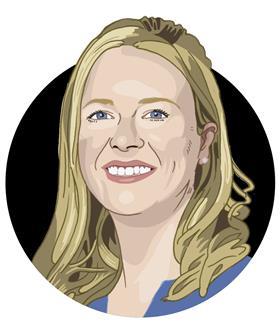
The final power list brings us to women in the meat industry. In 2020, a report found that on a global scale, women made up only 36% of the workforce. For an industry worth approximately £10bn in the UK alone, it is staggering to find so few women choosing a career in this sector.
The meat industry seems to lack women coming into the business even in entry-level positions, potentially creating a diverse talent drought for future leaders.
However, it is not a time to despair. Similar to what we saw with women in wholesale, meat has an incredible group of female leaders actively championing for change by leading a movement to invigorate female passion for the industry and to promote careers in the meat industry as a positive career choice.
Two such organisations that have been created to drive the transformation of the industry are the Women in Meat Awards and Meat Business Women. Led by women for women, these pioneers have recognised the issues facing the industry and are driving hard to make the changes.
Emily Deer, Director at Newton Europe

The 10 most powerful women in the meat industry
- 1
- 2
 Currently reading
Currently readingThe women taking on a world of ‘meat men’







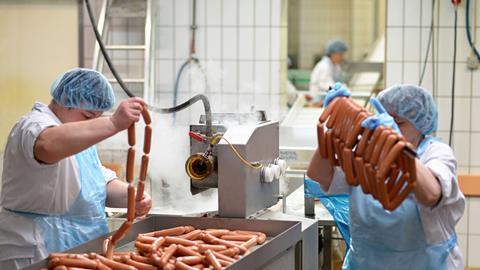



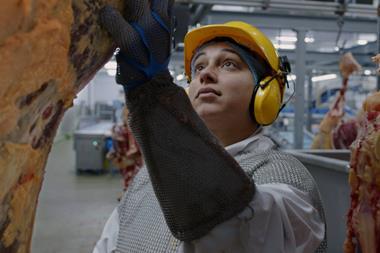

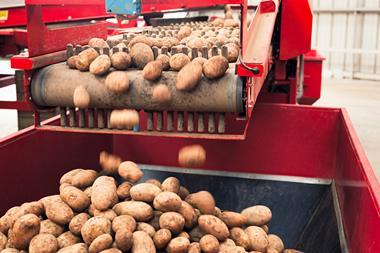
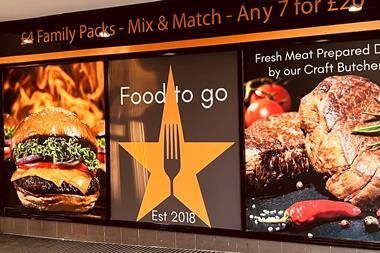






No comments yet